Last Updated on August 2, 2021
The first episode of the new, nine-part mini-series adaptation of Stephen King's epic novel The Stand (pick up a copy HERE) is now available to watch on CBS All Access, and if you've watched it you've seen that the show's writers are taking a very different approach to telling the story. Rather than letting it play out in chronological order, the mini-series jumps back and forth between points in time, showing how characters dealt with the early days of a devastating pandemic and showing how they're trying to rebuild society five months later. Here's how The Hollywood Reporter described it:
In the opening episode alone, events takes place across various points in the book's timeline, not only showing how strong and silent Stu Redman (James Marsden) survives his initial brush with Captain Trips in Texas, but also that he eventually becomes a very prominent leader within the Boulder community. The first episode also introduces viewers to the brutally bullied Harold Lauder (Owen Teague) in the earliest days of the apocalypse, before catapulting into the Boulder days, in which Harold nurses a murderous grudge against Stu. The format continues across ensuing episodes, with each installment zipping back and forth in time for multiple characters, leaving viewers as disoriented as the survivors themselves.
Speaking with THR, showrunner Benjamin Cavell dug into the choice to mix past and present:
We made this decision to tell the story not in the linear way the book and the original miniseries was told, but to do this by going back and forth between timelines. That was done consciously in part because for us, as strange as it is to say at this moment, The Stand is not really a book about a pandemic. Of course there is a pandemic in it, but it really is Lord of the Rings in America. It's this mental struggle between the forces of light and darkness for the soul of what's left of humanity. Since that's where fundamentally for us the story of where the novel lies, it felt like the honest place to begin. In the course of adapting a 1200 page book, of course you're going to make decisions about what to leave out and what to keep in. The thing I would say in a global way is all of those things were deliberate. Whatever is or isn't in [the series] is in or is not intentionally and is thought through. That's the thing I want everyone to know about this show: whatever you want to say about it, you can't really say we haven't thought it through. We've thought about every little piece of it and decided this is the story we want to tell."
The Stand tells the following story:
This is the way the world ends: with a nanosecond of computer error in a Defense Department laboratory and a million casual contacts that form the links in a chain letter of death. And here is the bleak new world of the day after: a world stripped of its institutions and emptied of 99 percent of its people. A world in which a handful of panicky survivors choose sides — or are chosen. A world in which good rides on the frail shoulders of the 108-year-old Mother Abagail — and the worst nightmares of evil are embodied in a man with a lethal smile and unspeakable powers: Randall Flagg, the dark man.
Cavell wrote the adaptation with Josh Boone (who directed the first and last episodes), Jill Killington, and King's son Owen King, plus Stephen King himself wrote a new ending for the story that will go beyond the events of the book and make up a substantial part of the final episode.
Without giving anything away, Cavell discussed that new ending:
(King) had been planning this coda for 30 years, and the fact that he read the first couple of drafts of the first couple episodes of the show and said, 'You guys clearly have a point of view and you know what story you're telling; you guys can do right by this piece that I've wanted to add for the last three decades.' It felt like such a vote of confidence from Stephen King who was such an important figure for us and for everyone. A big part of the genesis of it came from King's awareness that Frannie doesn't really get a stand in the book. She's eight months pregnant when [her allies] go on the stand, and she can't go with them, but she's also one of the main heroes of the novel, and the fact she doesn't get her own stand in The Stand has always eaten at him. That, in the broadest possible strokes, is why the coda exists."
What sort of stand will Frannie will be taking? Episodes of The Stand are being released on a weekly basis, so we're going to have to wait eight more weeks to find out.
This new version of The Stand stars Alexander Skarsgård as Randall Flagg, Whoopi Goldberg as Mother Abagail, James Marsden as Stu Redman, Odessa Young as Frannie Goldsmith, Jovan Adepo as Larry Underwood, Henry Zaga as Nick Andros, Amber Heard as Nadine Cross, Owen Teague as Harold Lauder, Katherine McNamara as Julie Lawry, Fiona Dourif as the Rat Woman, Nat Wolff as Lloyd Henreid, Heather Graham as Rita Blakemoor, Ezra Miller as Trashcan Man, Greg Kinnear as Glen Bateman, Brad William Henke as Tom Cullen, Irene Bedard as Ray Bretner, Natalie Martinez as Dayna Jurgens, Hamish Linklater as Dr. Ellis, Eion Bailey as Teddy Weizak, and Daniel Sunjata as Cobb.
The mini-series was produced by CBS Television Studios. Boone and Cavell executive produced with Taylor Elmore, Will Weiske, Roy Lee, Jimmy Miller, and Richard P. Rubinstein. Will Weiske and Miri Yoon served as co-executive producers, and Jake Braver, Stephen Welke, Knate Lee, Jill Killington, and Owen King have producer credits.



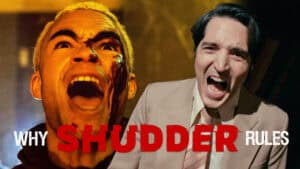

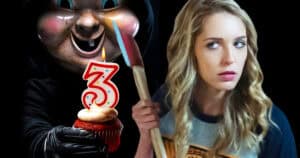
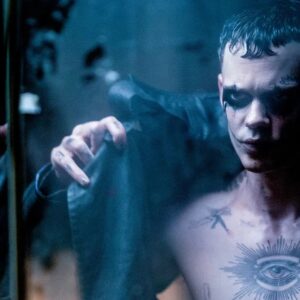

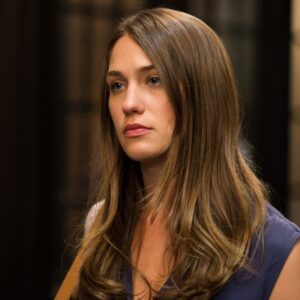
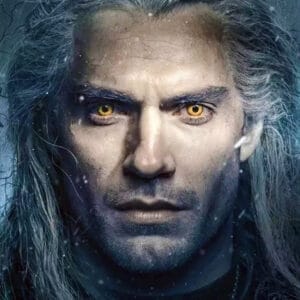
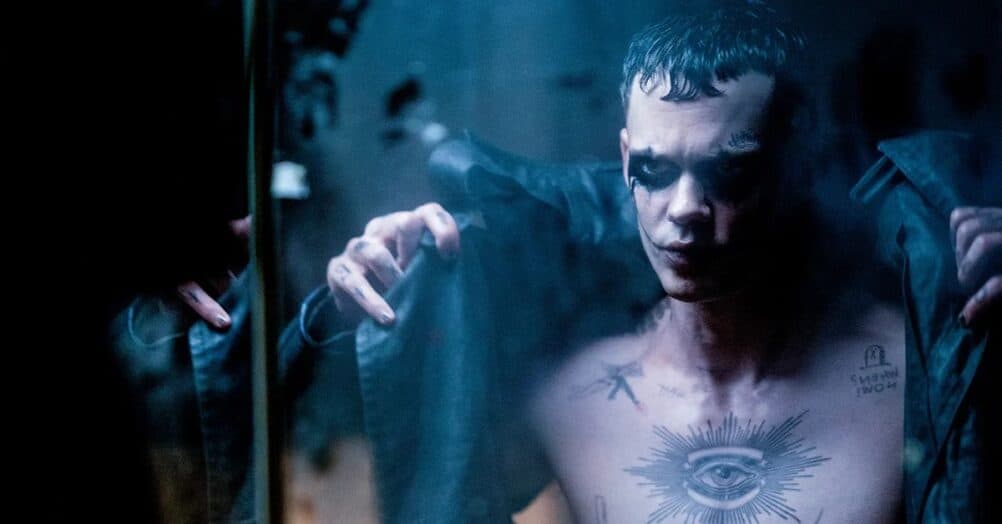
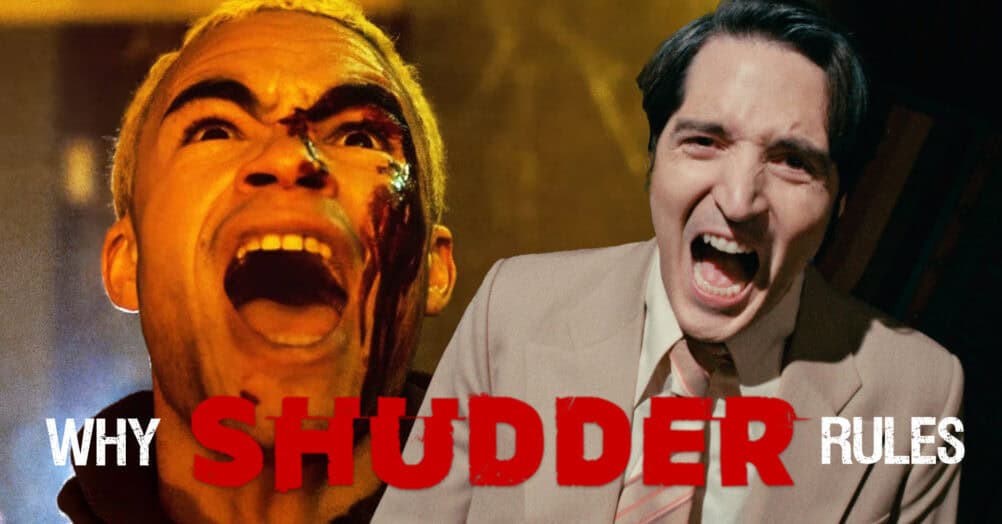

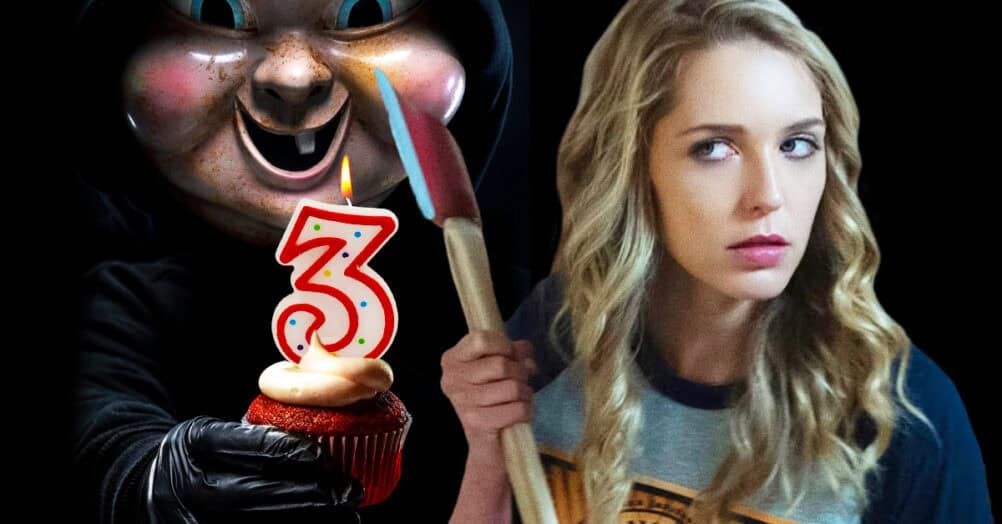
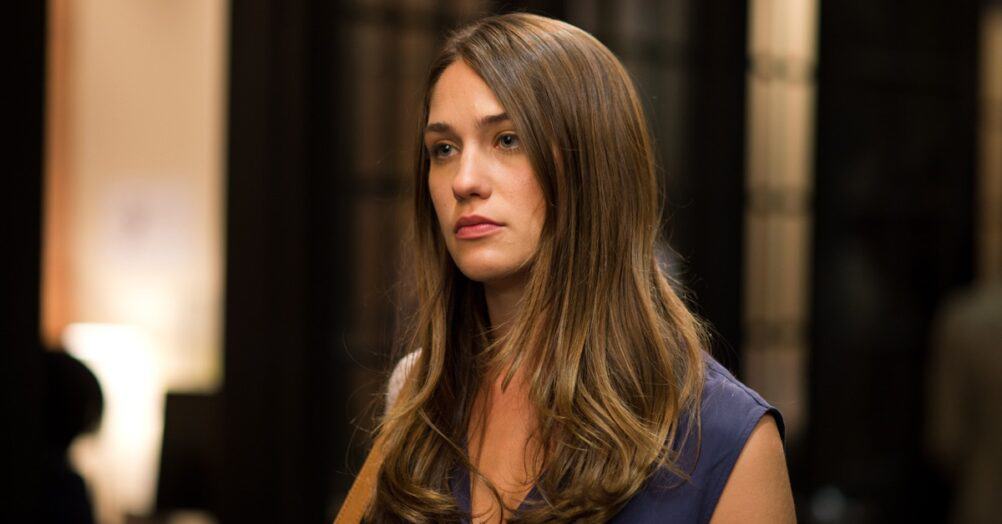
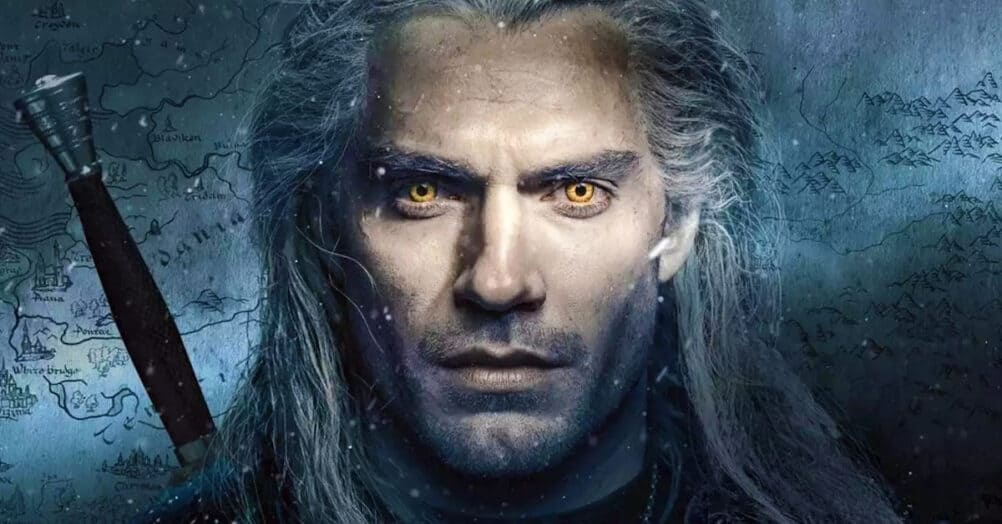
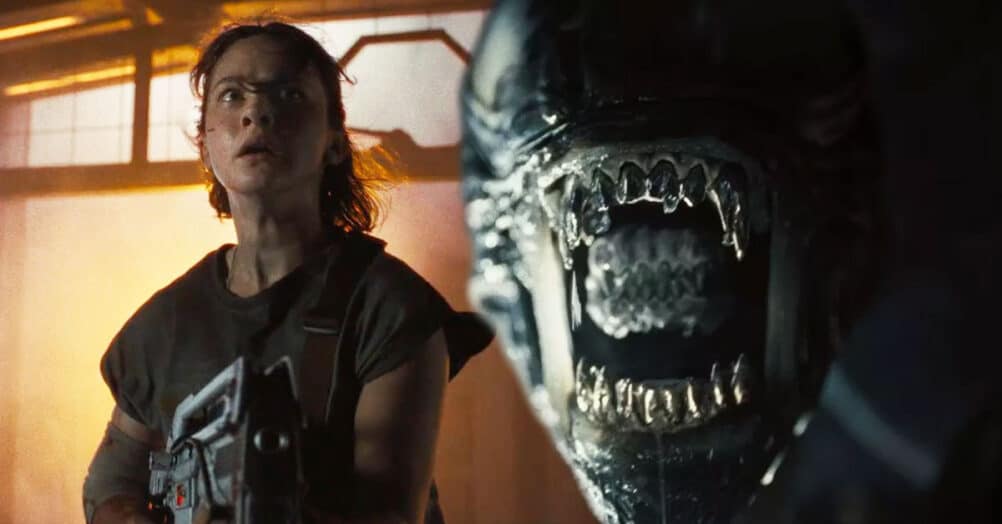

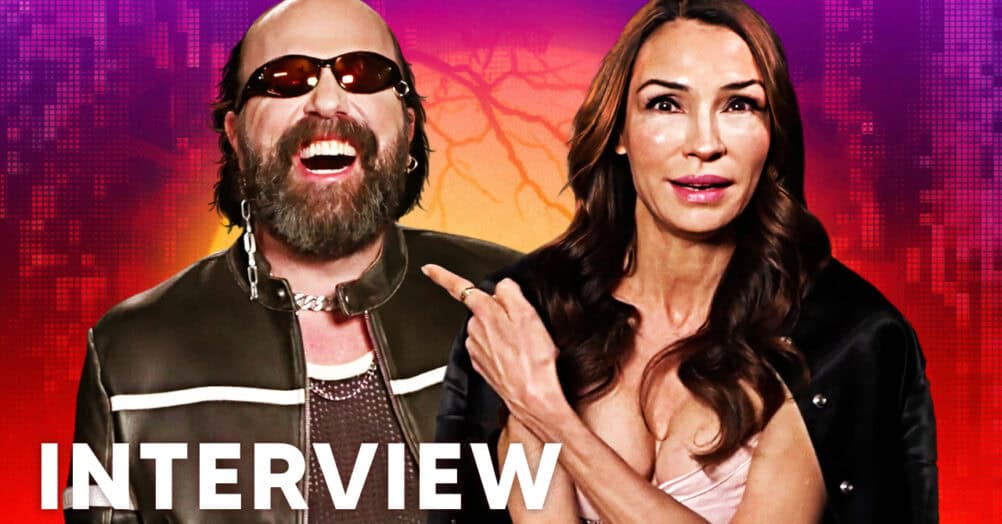
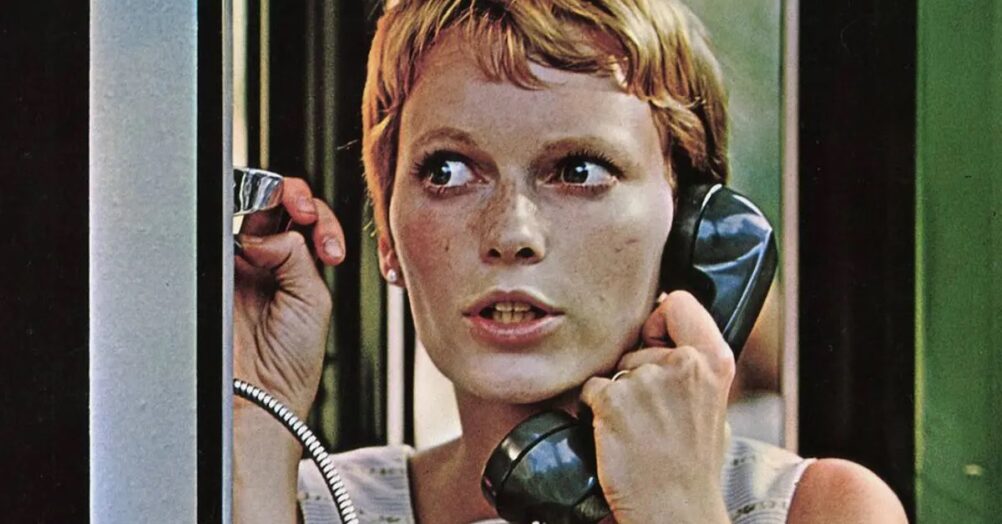
Follow the JOBLO MOVIE NETWORK
Follow us on YOUTUBE
Follow ARROW IN THE HEAD
Follow AITH on YOUTUBE